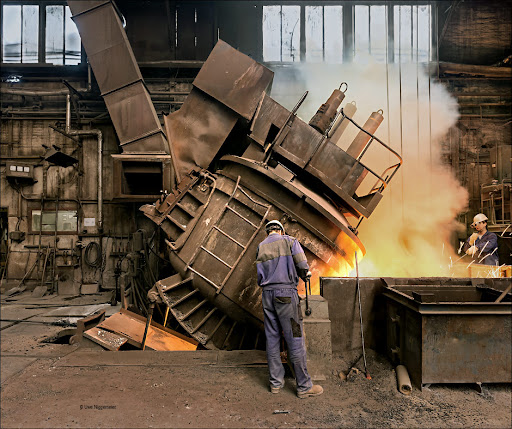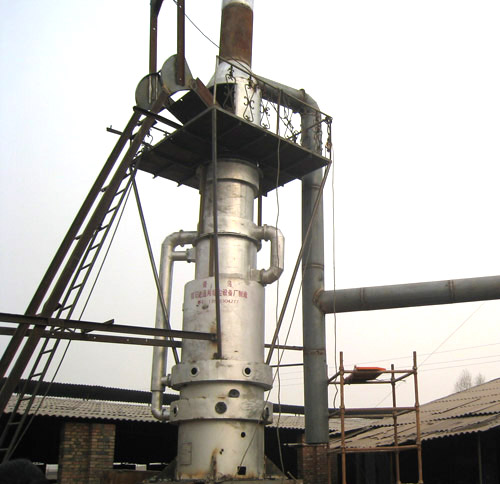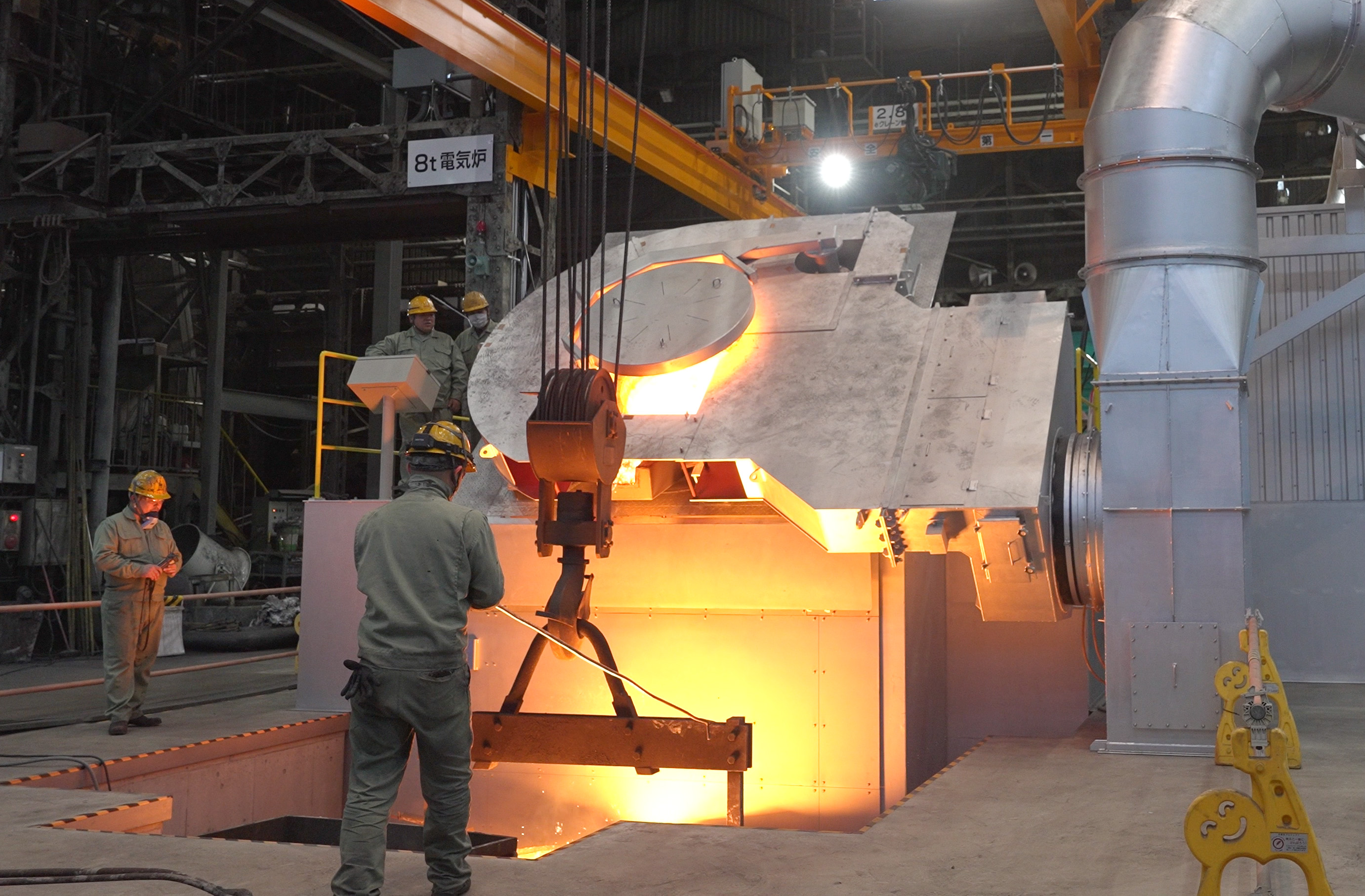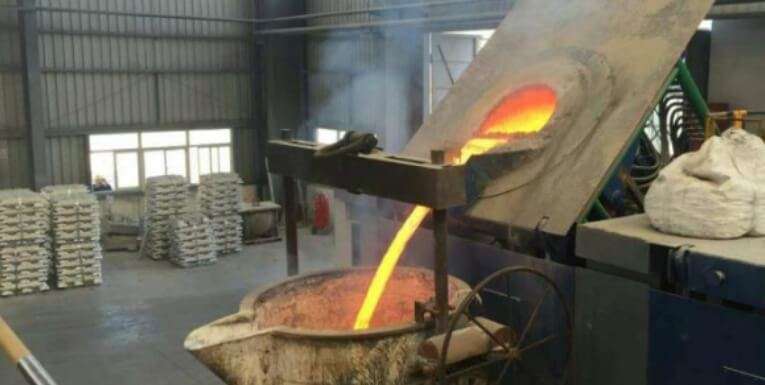Comparison of Different Furnace Types in Foundry Industry
2025-01-08 13:57:00 hits:0
In the foundry industry, various types of furnaces are used for melting metals, each with distinct characteristics, advantages, and applications. Below is a detailed comparison of Electric Furnace, Cupola Furnace, High-Frequency Induction Furnace, and Melting Furnace.
1. Electric Furnace
Features:
- Working Principle: An electric furnace uses electrical energy to melt metals. It includes various types, such as induction furnaces, resistance furnaces, and arc furnaces.
- Heating Method: The furnace heats the metal by converting electrical energy into heat. Induction furnaces use electromagnetic induction to heat metal, while arc furnaces use electric arcs.
- Temperature Control: It offers precise temperature control, making it ideal for processes requiring strict temperature regulation.
- Metal Compatibility: Suitable for a wide range of metals, especially high-temperature metals.
Key Advantages:
- Uniform Heating: Metals heat evenly, reducing the risk of overheating or uneven heating.
- Energy Efficiency: Electric furnaces are typically more energy-efficient than traditional fuel-fired furnaces, especially induction furnaces.
- Precise Control: They are ideal for processes that require accurate temperature control.
- Environmentally Friendly: Electric furnaces produce minimal pollution and emissions, meeting modern environmental standards.
Primary Products:
- Steel, Cast Iron, Aluminum Alloys, Copper Alloys: Electric furnaces are widely used for melting various metals, especially steel and aluminum alloys.
2. Cupola Furnace
Features:
- Working Principle: The cupola furnace is a vertical furnace that uses coke or other fuels to generate heat, which melts metal, particularly iron. It has a distinct "bellow" system to blow air and fuel into the furnace, aiding in the combustion process.
- Heating Method: The furnace burns coke, oil, or other fuels to produce high temperatures and melt metal.
- Temperature: It is mainly suitable for melting cast iron but may not achieve the temperature or precision needed for other alloys like high-alloy steels or aluminum.
Key Advantages:
- Low Cost: The equipment and fuel costs are lower than other furnaces, making it a common choice for industrial-scale iron production.
- High Throughput: Cupola furnaces are capable of handling large batches of iron, making them ideal for high-volume production.
- Simple Operation and Maintenance: They are easy to operate and maintain, making them suitable for large-scale foundries.
Primary Products:
- Cast Iron, Steel: Primarily used for melting cast iron, especially gray and ductile iron, but can also be used for steel production. It is widely used in industries like automotive, construction, and manufacturing for large castings.
3. High-Frequency Induction Furnace
Features:
- Working Principle: This furnace utilizes electromagnetic induction to generate heat in metals. High-frequency currents are passed through coils to induce heat directly within the metal.
- Heating Method: It uses high-frequency electrical currents to create a magnetic field that induces heat in the metal, rapidly melting it.
- Temperature Control: The temperature control is highly precise, making it suitable for precision casting and high-temperature metal melting.
- Metal Compatibility: Suitable for melting metals like iron, aluminum, copper, and nickel.
Key Advantages:
- Uniform and Fast Heating: Induction furnaces heat metal evenly and quickly, providing excellent temperature control.
- Energy Efficiency: Induction furnaces have higher efficiency compared to traditional fuel-fired furnaces.
- Environmentally Friendly: They are cleaner, with no direct emissions from the furnace.
- Safety: The design of induction furnaces ensures safer operation since there is no direct contact between the metal and the power supply.
Primary Products:
- Aluminum Alloys, Copper Alloys, Steel: Widely used in producing aluminum, copper, and steel castings, particularly in industries like aerospace, automotive, and electronics for precision casting.
4. Melting Furnace
A melting furnace is a general term that covers various types of furnaces used to melt metals. These include gas furnaces, oil furnaces, and electric furnaces.
Features:
- Heating Method: Melting furnaces use fuel (gas, oil) or electricity to generate heat for melting metals.
- Temperature Control: These furnaces typically offer less precise temperature control compared to electric and induction furnaces, making them suitable for processes that do not require high accuracy.
- Metal Compatibility: Suitable for a wide range of metals, particularly for standard alloys.
Key Advantages:
- Simple Structure: These furnaces are relatively simple in design and cost-effective.
- Wide Range of Applications: They can melt a variety of metals, especially for regular, non-precision castings.
- Lower Cost: Melting furnaces are more affordable in terms of both initial investment and maintenance compared to more advanced furnaces.
Primary Products:
- Cast Iron, Aluminum Alloys, Copper Alloys: Commonly used for producing castings in various metals, especially for general-purpose castings in industries like automotive and machinery.
Summary:
- Electric Furnace: Suitable for a wide range of metals, especially steel and aluminum alloys. It is ideal for precision casting and high-quality production with energy efficiency and precise temperature control.
- Cupola Furnace: Primarily used for iron melting, it is designed for high-volume production of cast iron. Simple to operate and cost-effective but lacks precision compared to other furnaces.
- High-Frequency Induction Furnace: Best for small-batch, high-precision casting, particularly for aluminum, copper, and steel alloys. It offers rapid heating, precise control, and high energy efficiency.
- Melting Furnace: Suitable for a wide range of metals and general-purpose castings. It has a simpler design and lower cost but offers less precise temperature control.v

 en
en  fra
fra  de
de  ru
ru  gle
gle  th
th  ara
ara  it
it  jp
jp  kor
kor  zh
zh 






